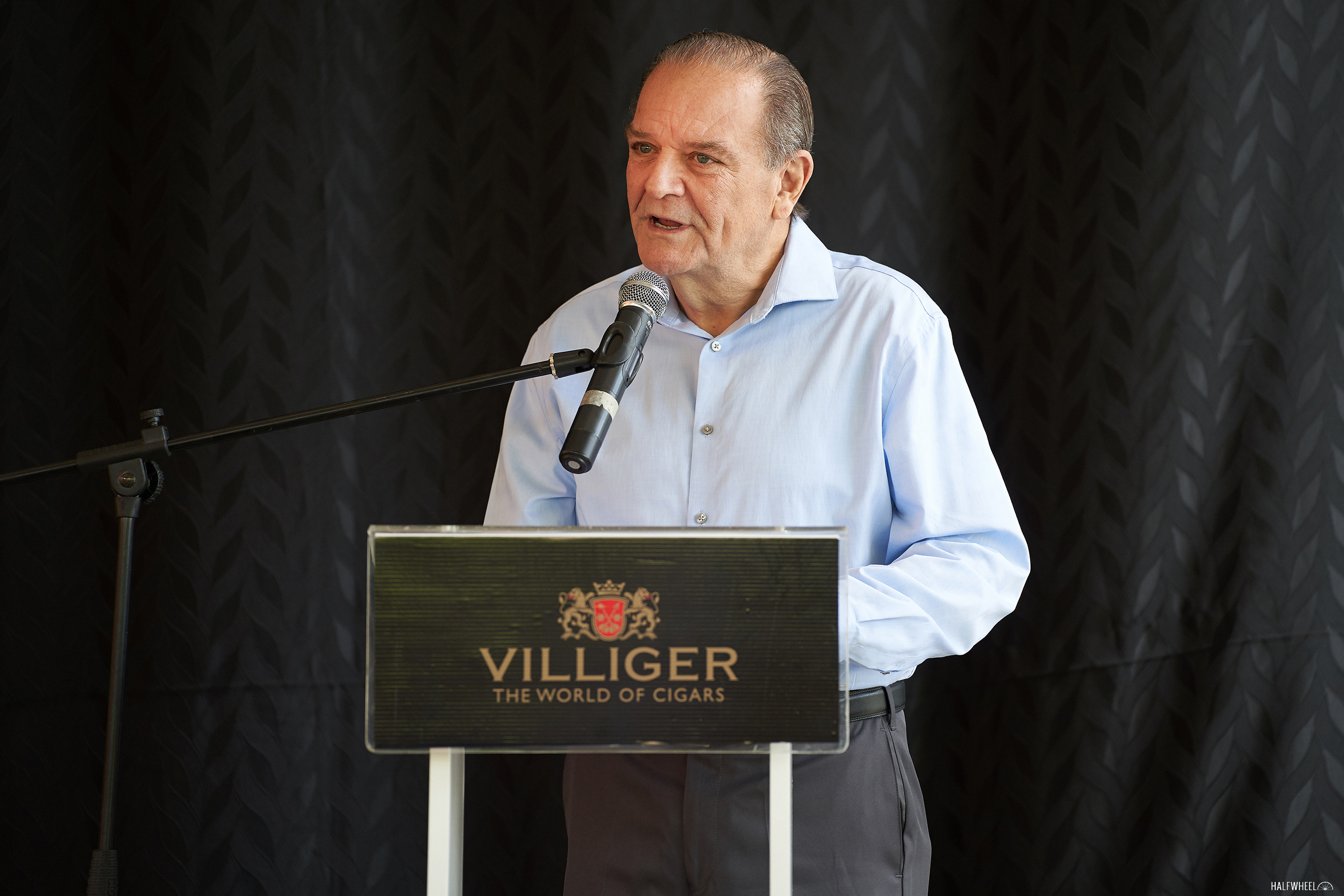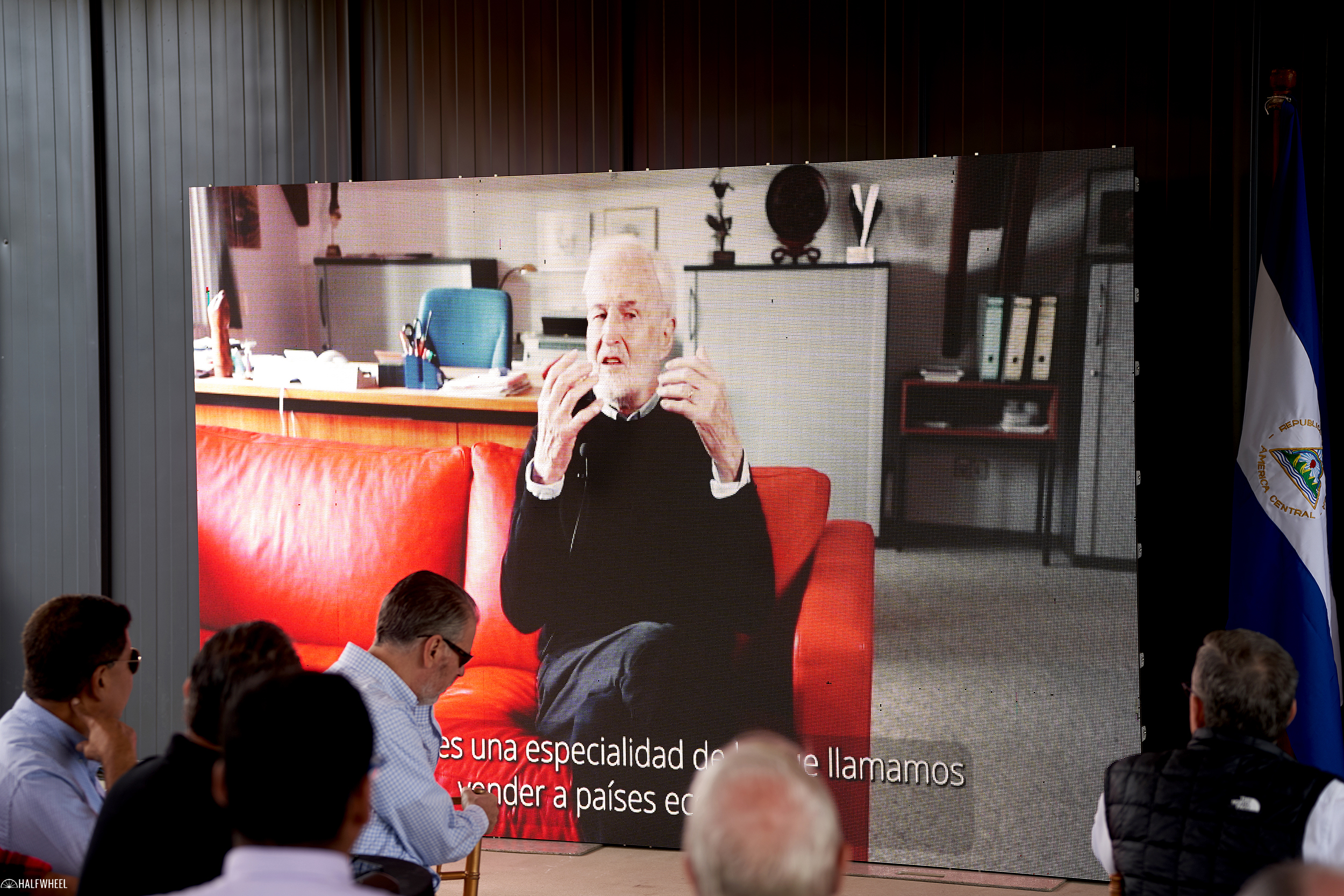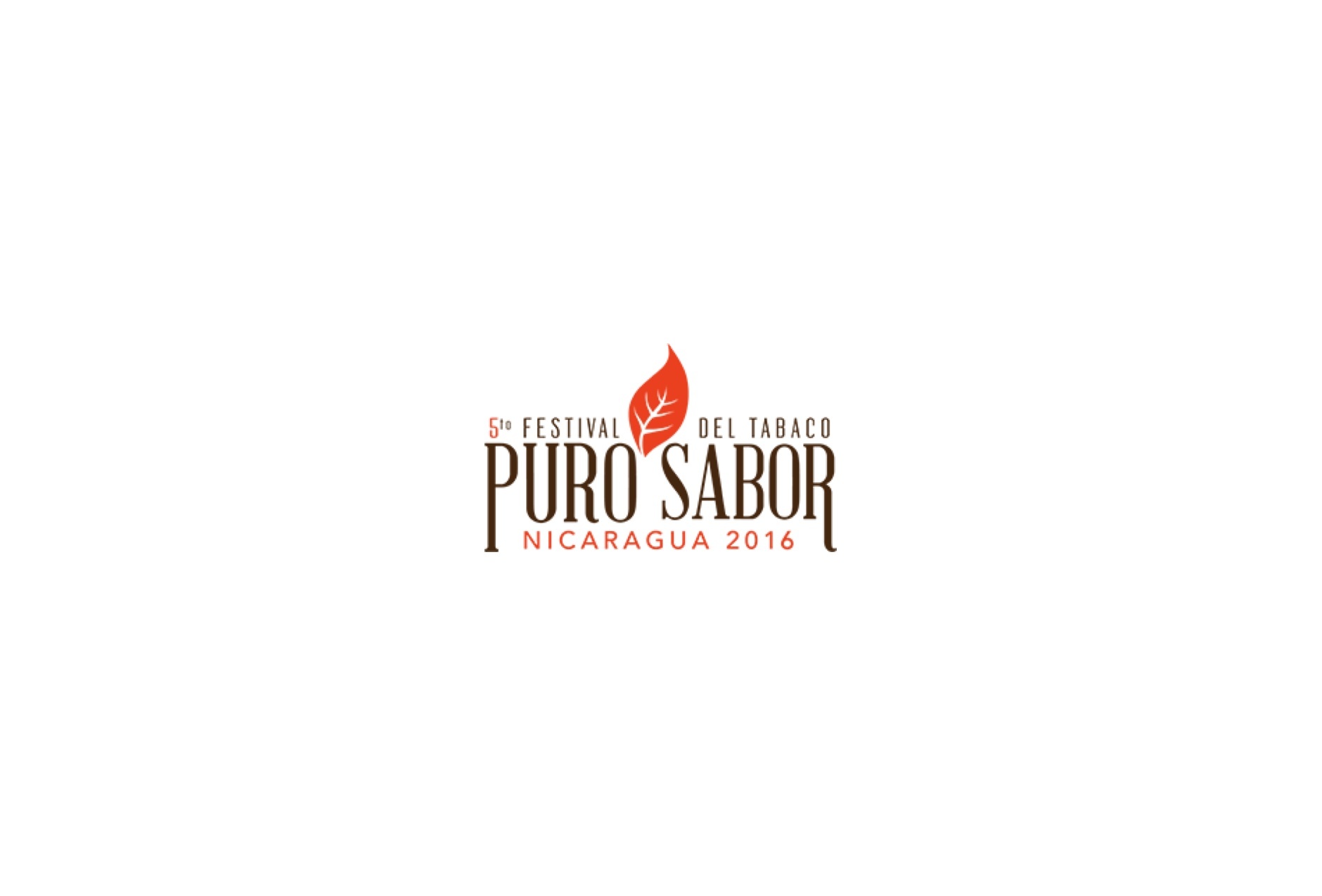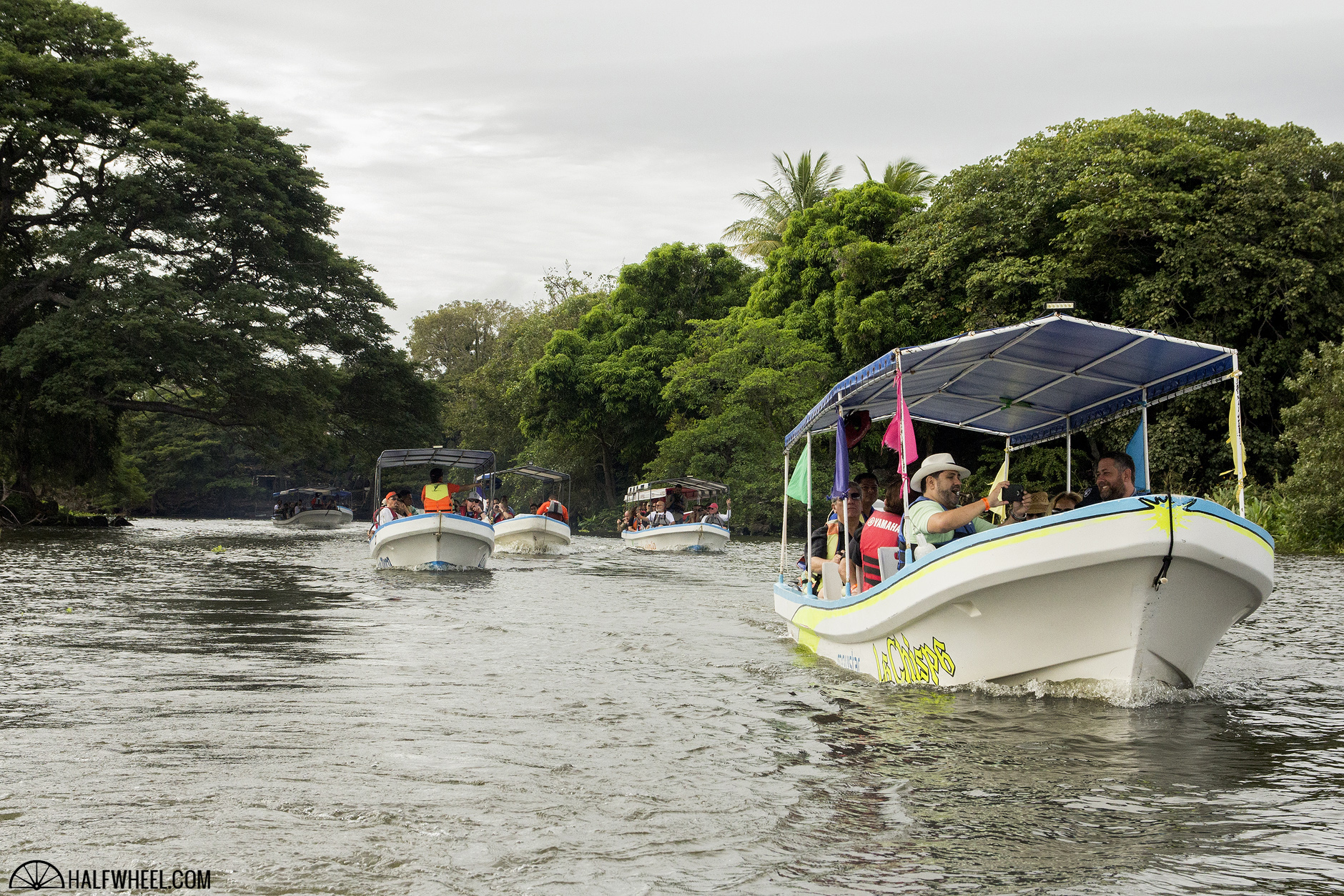Thursday started with me typing away at my laptop, but then it was off to a fairly new facility here in Estelí, Villiger de Nicaragua.
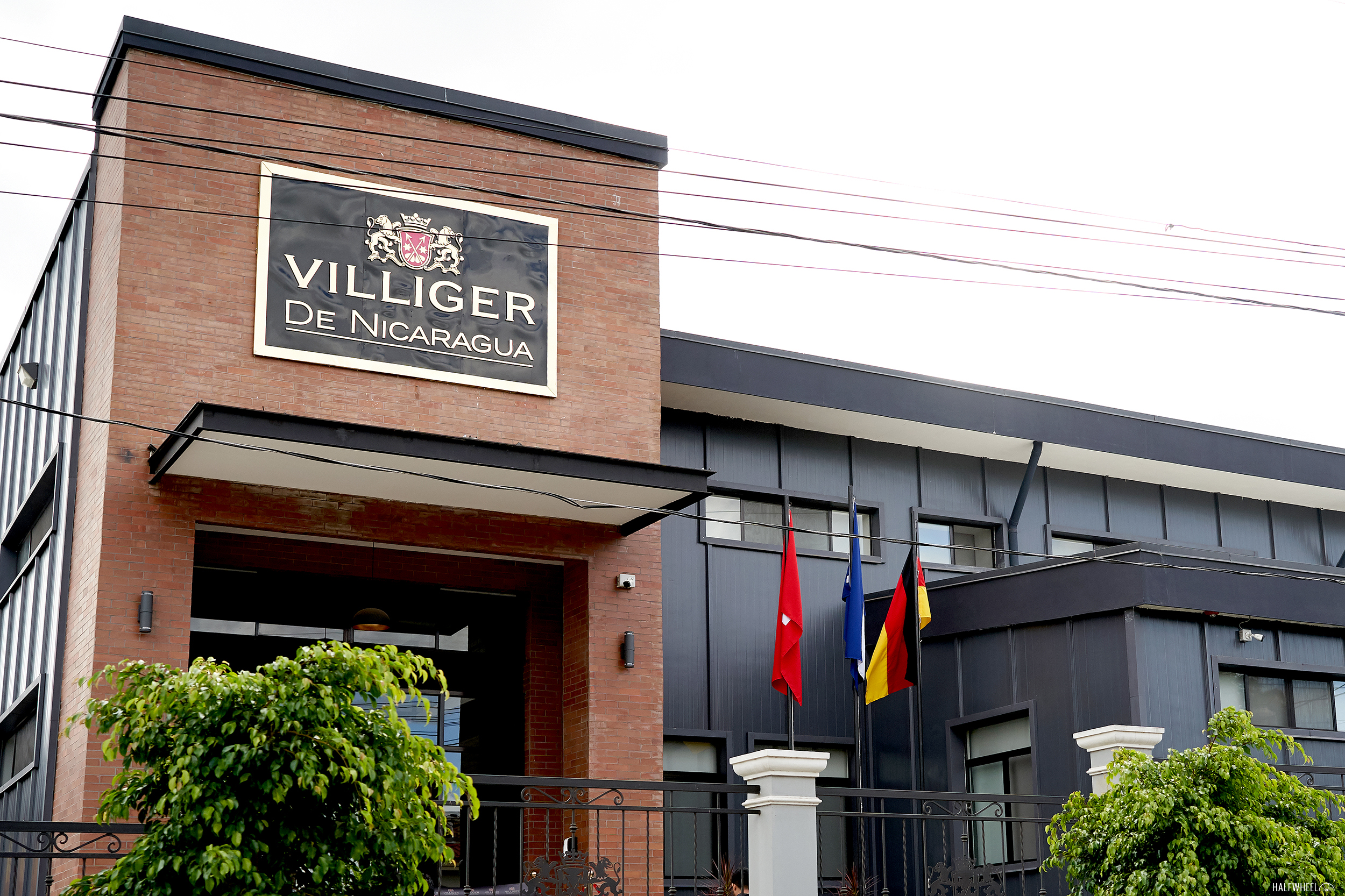
While it opened in October 2021, that was during the pandemic and prevented the kind of grand opening celebration that the company wanted to give it. Fast forward to Puro Sabor 2023, and the ribbon was officially cut.
The project is a joint venture with Joya de Nicaragua, which functions as “a trusted operational partner in Nicaragua to make this project an outstanding factory.” Several staff members from Joya de Nicaragua have moved to Villiger de Nicaragua, which is located right next door, and the opening of the new factory served as an opportunity for a number of people to get promoted to new, more senior positions.
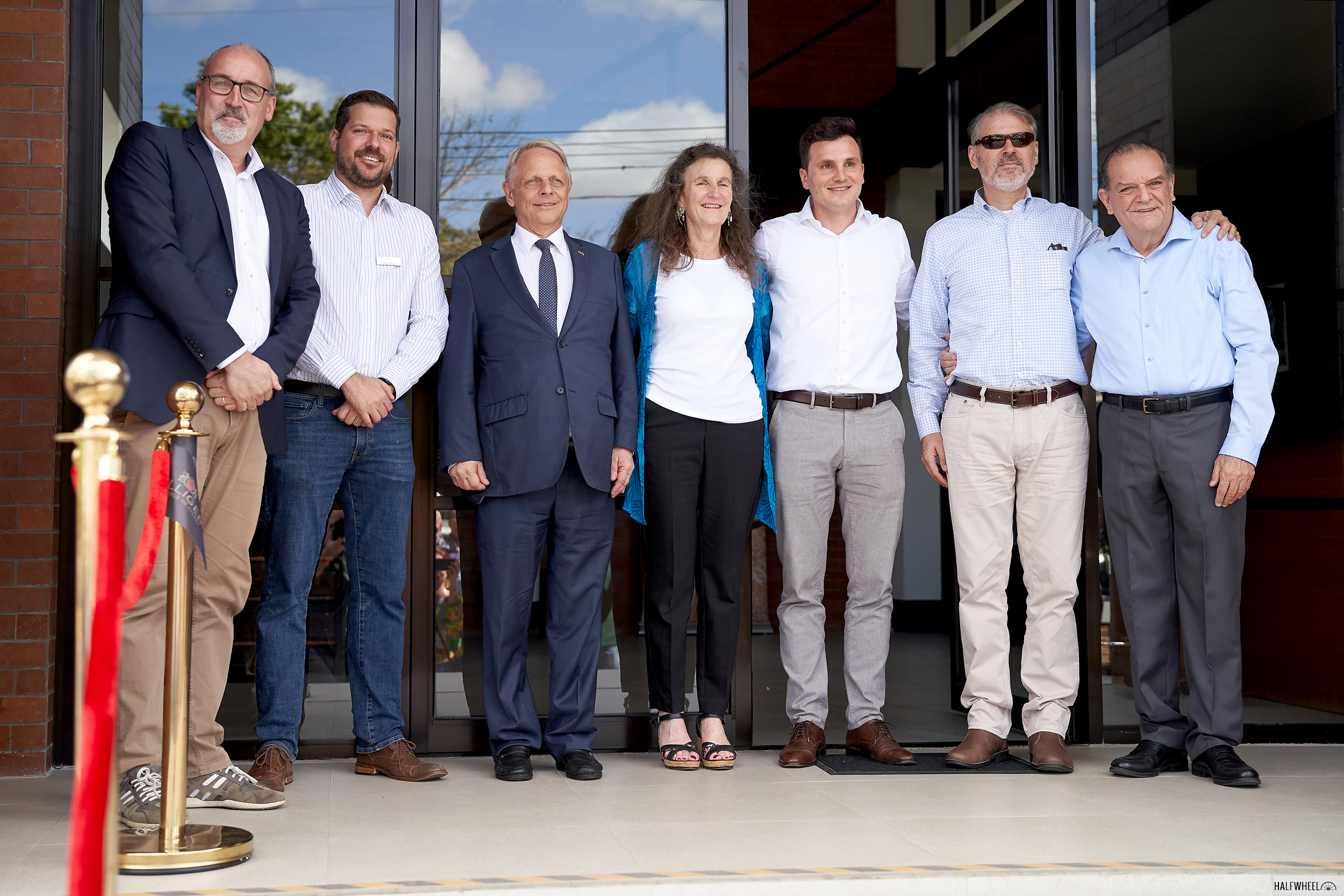
The building is quite impressive and unique, looking more like an office you’d see in Europe than a cigar factory in Nicaragua. The exterior of the building uses material from Spain to help prevent the absorption of heat and humidity, the workers’ time clocks use facial recognition software for workers to record their hours, there is an impressive tracking system that maintains inventory and other data, and having been built during a pandemic, the rolling desks are wider than you’ll find in other factories, and they incorporate plexiglass panels between them so as to help minimize the spread of disease.
A number of the Villiger family were there, along with Rene Castaneda, president of Villiger Cigars North America, and while Heinrich Villiger was not able to be present, he sent a pre-recorded video message. His daughter, Corina Villiger, who is head of the board, addressed the crowd, as did Dr. Alejandro Martínez Cuenca of Joya de Nicaragua. After the ribbon cutting, I joined a tour group led by Juan Ignacío Martinez of Joya de Nicaragua, who also led my tour of Joya’s on Wednesday.
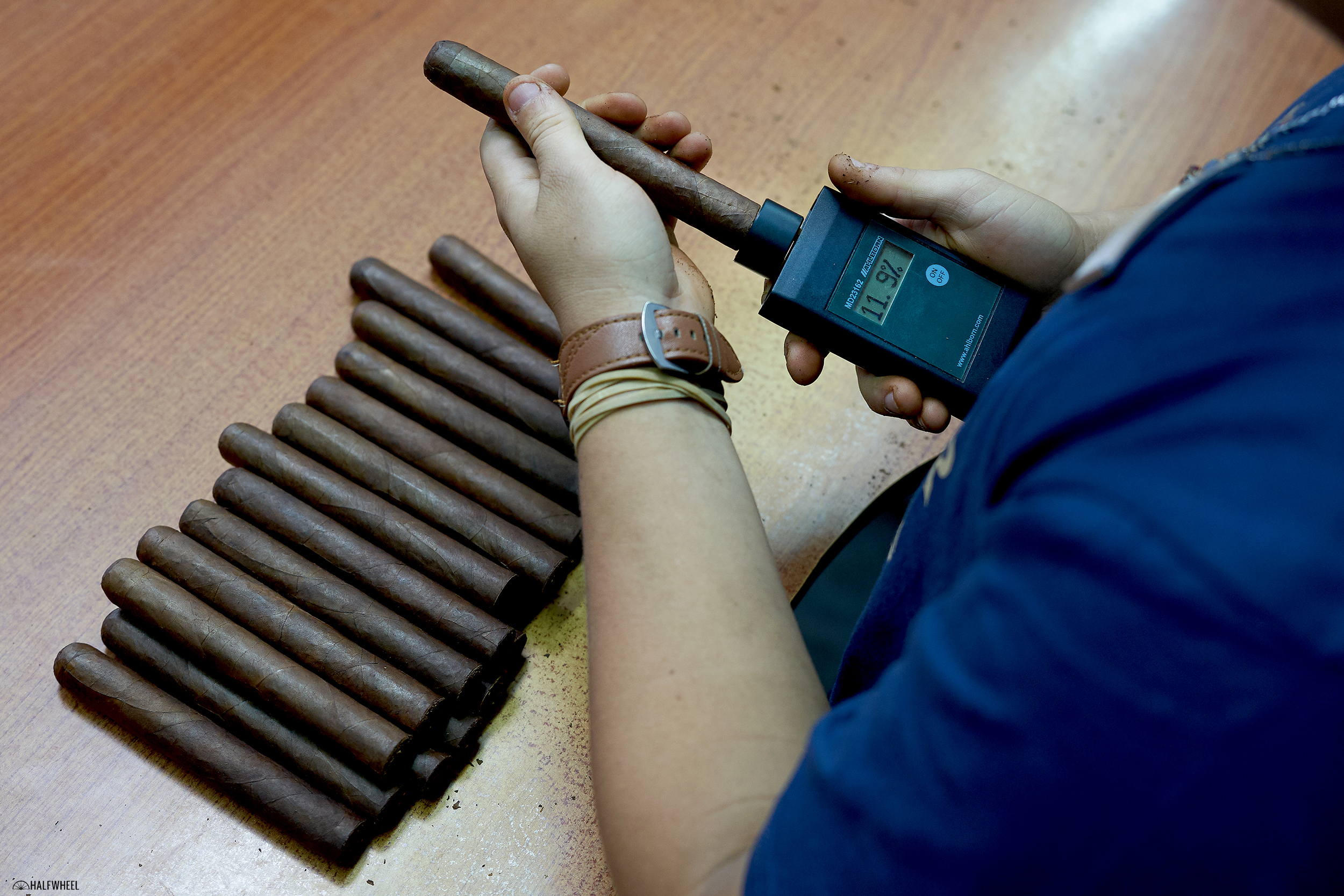
The factory will only produce Villiger Cigars, including the new Villiger Nicaragua Limited Edition, but most of what it makes will be shipped to Europe. I always try and find at least one thing in a factory that I hadn’t seen before, and while the facial recognition time clock was impressive, there were also a pair of young men in the quality control department who were checking the humidity levels of each cigar once it was rolled and before it went into the aging room.
Once that event wrapped up, it was to lunch at Plasencia Cigars S.A., which I believe has hosted a lunch near some of their fields during Puro Sabor festival that I have attended. I ended up sitting with Enrique Sánchez of 1502 Cigars, who knew where the ingredients were for a michelada, which made an enjoyable combination with our Plasencia Alma del Campo cigars and meal of chicken, beef, two types of salads, rice and potatoes au gratin.
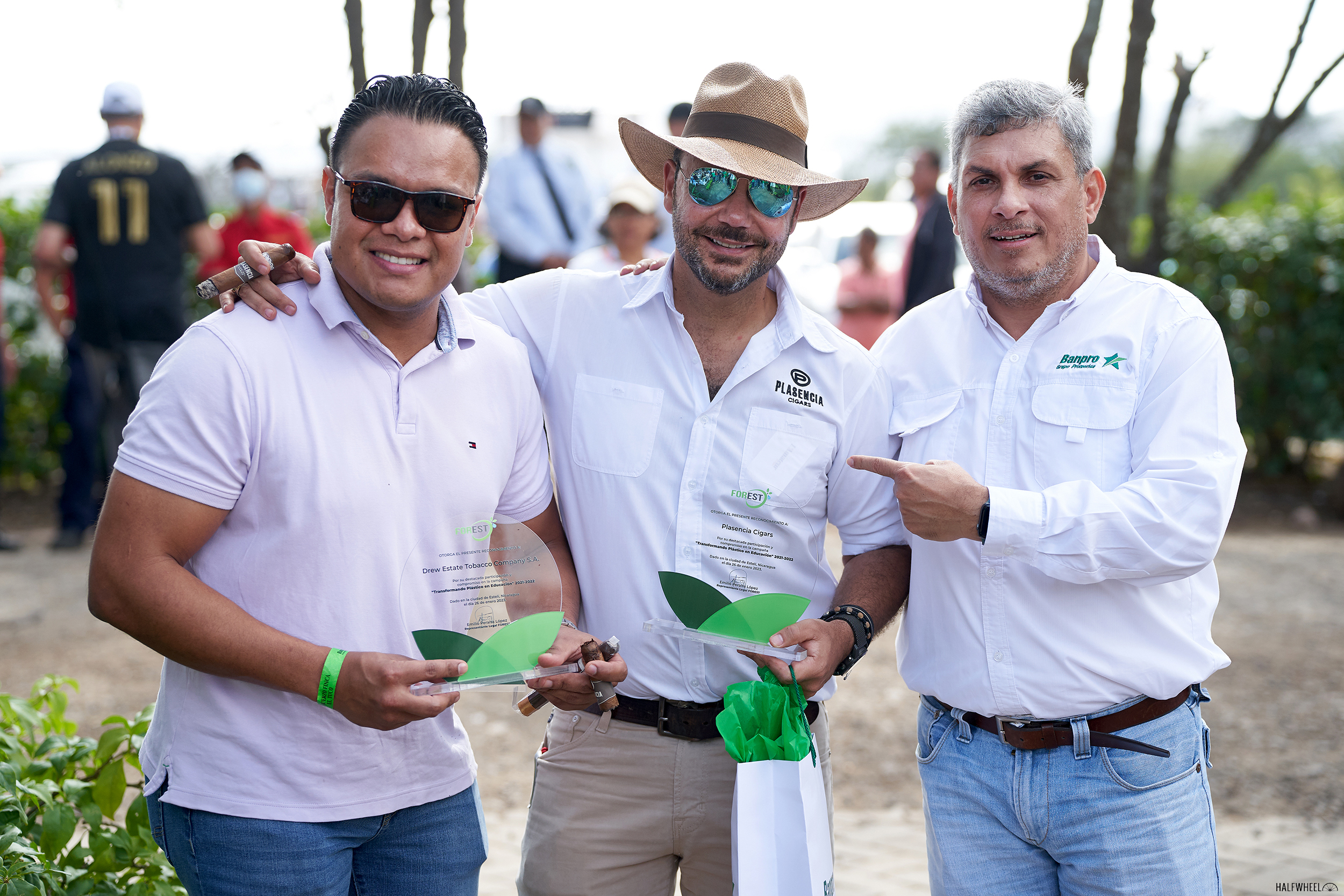
I also happened to be sitting at the same table as Nestor Andrés Plasencia, and we got to talking about tobacco growing, agronomy, and a number of things that I find interesting, particularly since I don’t get to visit tobacco farms nearly as often as I would like. As one is likely to do, we ended up on the subject of fertilizer and how as part of the company’s sustainability initiatives, it makes its own from a number of materials. Plasencia then made a comment that I wasn’t expecting to hear, saying that the company gives as much attention to how it makes that fertilizer as it does to the pilones used to ferment tobacco. He said that Plasencia monitors the temperature, rotates the material to ensure even processing, and cares for it just as much as it do for the tobacco. Needless to say, I was quite impressed.
That conversation segued perfectly into recognition of Plasencia Cigars S.A., AJ Fernandez and Drew Estate, along with Banpro, a financial services company, for their collective efforts and contributions to a sustainability initiative to help protect the local river and other natural resources, as well as one that turns plastic bottles into desks for local schools.
After lunch, it was off to Tabacalera Perdomo S.A., where Nelson Cuba, the company’s director of operations, gave the group a tour of the facility. Perdomo prides itself on vertical integration, meaning that it tries to do as much of the process in-house and without relying on other companies. This includes everything from growing tobacco to making boxes to rolling cigars.

We started in the box factory, made our way through the tobacco fermentation and pre-industry process, through the rolling room and then onto sorting, packaging and shipping. Having been to Perdomo several years ago, a good chunk of it felt familiar, though it seemed like many of the workers were younger than I remember, but also younger than I expected.
Cuba told me that the company recently had a number of people retire after more than 20 years of service, and like many other companies, they are both competing for workers locally and losing workers to emigration. He acknowledged that it has been challenging, but that the company prides itself on bringing in workers with the understanding that they can make a good career for themselves, starting as young as 16 or 17 if they have their parents’ permission. The company also does all its own training as they feel it is better to instruct new hires in the Perdomo way rather than requiring workers to unlearn bad habits they may have picked up elsewhere.

Once that visit was done, it was back to the hotel to rest, work, explore the neighborhood, or pretty much whatever a person wanted to do prior to dinner. Thursday’s dinner is the annual White Party, where guests are asked to dress in as much white as possible. This includes a Puro Sabor guayabera that all attendees are given, though it looks a bit more like a henley with buttons starting at the midway point and leading up to the banded collar. It also features just two pockets on the chest, instead of the four pockets often seen on other guayaberas.
It was held at the J.C. Newman PENSA factory and immediately upon walking in, I remembered how much this dinner is focused on cultural heritage. Dancers telling the story of El Güegüense and other stories greet you before you walk in, and then you are immersed in a sea of people wearing white and looking sharp.
The evening featured more cultural dances, as well as one that incorporated a young lady with special needs that got an extra ovation from the crowd. Later in the evening, José “Pepín” García was honored by the Cámara Nicaragüense de Tabacaleros with an award for his contributions and achievements in the Nicaraguan cigar industry.
A bit later, Pepín led the crowd in “Guantanamera,” which really doesn’t need explaining if you have heard him do it before, and if you haven’t, my description wouldn’t do it justice.
As for Friday, it will be back to more factories, as I am currently scheduled to visit Padrón in the morning and STG Estelí in the afternoon, the latter of which is owned by Scandinavian Tobacco Group and home to the CAO brand, among others. There will be one final, gala dinner, and then the buses will start heading back to Managua early on Saturday morning so attendees can return home. Thankfully my flight is in the afternoon so I don’t have to be out front until 8:50 a.m., meaning I can get some rest instead of having to stay up for the 3:30 a.m. bus.
I’ll be posting updates for as long as I’m in Nicaragua, so definitely follow the halfwheel Instagram account as well as my own account for more glimpses into what’s happening during the festival.



